Finally! I got my hands on the Benelli M4, more specifically the Benelli M1014, and I couldn’t be more excited to review this world-renowned semi-automatic tactical shotgun.
Today we’re going to be talking about a truly iconic shotgun, that is the Benelli M4 / M1014. This gun is so well known simply by sight it is the “tactical shotgun” everyone thinks about when they think of tactical shotguns.
Table of Contents
Popular Culture
It would be a huge disservice considering the Benelli M4 alone has been featured in over 40 movies and TV shows.
The Benelli M Series of shotguns has been featured in hundreds of movies and TV shows through the years.
Some of the most popular movies such as John Wick, Miami Vice, Sabotage, The Walking Dead, and everyone’s new favorite Yellowstone.
These are just a small sample of shows that feature the M4. If you go back to the M1, M2, and M3 you will find your favorite movie among them, I’m certain of it.
Benelli M4 Military Use
I’m going to talk a little bit about the history and get into it makes this weapon so interesting.
The Benelli M4 is in wide military usage across the globe and is one of the few shotguns that was built from the ground up to be a combat shotgun.
Since it was created with the very purpose of being used it combat that makes the gun even more appealing and the design choices Benelli made are extremely interesting and telling.
The United States Marines have used the gun since 1999.
Other countries currently using the Benelli M4 for military use are Isreal, the United Kingdom, Australia, South Korea, and Portugal just to name a few.
These semi-auto shotguns are used from small tactical units right up to infantry fighting units.
They are battle-tested and proven in a number of conflicts across the globe.
This is a very effective weapon and because of the amount of combat action this shotgun has seen, it’s extremely easy to review because we already know that this is a proven combat shotgun that is reliable and durable.
So now all that is left to do is talk about how this shotgun is different from the other shotguns on the market and the features and ergonomics that make this gun so different.
Features and Ergonomics
The features and ergonomics of the Benelli M4 are a huge selling point for this tactical shotgun.
The ergonomics along with the insanely manageable recoil are two things that really make this gun what it is.
Many people don’t come close to a Benelli M4 because it is somewhat expensive but the ones who have used it know that it is truly one of the best tactical shotguns available.
Pistol Grip
I’ll start with one of the most iconic pieces of the gun: the grip.
Many movies have made reference to the grip and it is the easiest way to identify the weapon at a glance.

The grip feels good and large the pistol grip texture is decent on the M1014 it is a polymer grip with lines cut in the polymer to serve as the texture.
I have smaller hands and it still feels good even for a larger grip.
The pistol grip on the M4 really makes this gun shine it’s a combination of a comfortable known feeling of a pistol and the balance of a shotgun all in one.
Trigger
Now that brings us to the trigger, one of the most important parts for companies to get right!

The trigger has only a small amount of play before you hit the wall. With about a 6-7 pound pull and a short crisp reset, the trigger is really nice.
For a shotgun, Benelli has really impressed me with this trigger because it’s very short and crips, and feels great. Considering it’s a combat shotgun built from the ground up the fact they got such a nice trigger in this gun is surprising.
Safety
There’s really only so much you can say or do with a shotgun safety. It’s nothing to write home about.

You can easily toggle the safety one or off and it works well but it’s nothing earth-shattering.
Barrel
Most of the Benelli M4 models feature an 18.5-inch barrel.
The Benelli for your slugs and your buck, anything that you could possibly need to use with it.
There are shorter models of the Benelli M4 that have a 14-inch barrel for CQB and other closer engagements.
I like the 18.5″ barrel due to the fact it can be used for nearly any application with any ammo and be very effective.
The versatility of this gun is fantastic you can hunt with it, skeet shoot, nearly anything you want to do with this shotgun you can. Overall the barrel length in the 18.5″ is great and I like it a lot.
Handguard
Now let us talk about the handguard because while it is a very simple design it’s an extremely important part of the shotgun.
With this handguard, there isn’t much in the way of mounting options so if you are used to an AR-15 and its infinite amount of mounting accessories this might be a slight disappointment to you.

But the simplicity is unbeatable. You can take off both of the plastic handguard pieces are replace them with picatinny or any aftermarket handguard you wish.
But keep in mind this handguard design is combat-proven and changing the handguard or throwing anything on the gun increases the complexity of the gun.
Plus, the gun has such clean lines adding anything to it will really break up the extremely clean look of the M4.
So this handguard works great in my opinion.
One thing to note about this gun is the barrel is thick and the handguard performs just fine but the weapon does heat up when you shoot it and it can heat up fast.
If you shoot 20-25 rounds consecutively you’re going to start feeling some serious heat from the barrel. My recommendation is to make sure you a wearing some thick gloves if you plan to shoot this gun rapidly and consecutively.
Stock
The nice thing about the Benelli M4 is that there are multiple socks out there that you can switch out for.
But considering the stock is iconic I’m not too worried about switching it out.

I really do like the sock on the Benelli M1014. The stock feels good when you shoot. What many people don’t know is most of the stocks on the Benelli M4’s are single position, yes even the skeletonized stocks that look collapsible.
It all boils down to the M4 Recoil Spring Tube Assembly and if it’s cut for multiple position stock adjustment or not.
Overall the stock is exceptional and functions as intended.
Loading/Tubular Magazine
Time to talk about the tubular magazine on the Benelli M4. Surely another iconic piece of the gun.
The magazine tube on this weapon provides a ton of stability for the gun. There are a number of rings holding the magazine tube so that it doesn’t move, bend, or sway. This tubular magazine is definitely not going to be knocked out of place or damage to take this weapon out of service.

The magazine cap on the end of the magazine is very sturdy and durable as well.
Of course, most of us have been spoiled with the AR-15 and even bolt guns with their magazine-fed functionality the magazine tube feels dated at best.
While there are magazine-fed shotguns they don’t have quite the combat-proven appeal that the tubular magazine shotguns have.
Also, the reliability of a shotgun shell in a magazine is not as good as a tubular magazine. At some point though I could see the magazine feed shotgun make the tubular magazine shotguns obsolete.
But as it stands as of this writing the Benelli M4 is the most reliable, durable, and combat-proven shotgun on the market today.
If you’re looking for a purpose-built combat shotgun the Benelli is no slough and definitely should be considered.
Shell Release Lever
We have covered a number of the features of this gun already but one of the most interesting ones is the shell release lever.
This part get’s a little deep and it’s easier to show you than it is to explain in writing so try to stay with me here.
The Benelli M4 features a shell release lever. The lever functions in a way that allows you to stop the next round in the magazine tube from being released and chambered with the gun are either fired or the shell in the chamber is ejected.
So if you have a round loaded into your Benelli M4 until you hit that Shell Release Lever, no more rounds are going to come into the chamber from the magazine tube.
But what would you need that you ask?
First, this is a safety feature built in to stop this semi-auto shotgun from chambering additional rounds. If you need to store this gun in a vehicle and don’t want to keep one in the chamber but want it to remain ready to fire quickly it’s perfect for that scenario.
Second, if you are handing the gun to someone you can unload the chambered shell and then not chamber the next round to hand it to them over an obstacle or a barrier safely and simply
Third, and most importantly, you can easily switch between different types of shotgun shells quickly and in the middle of shooting.
For example, if you have your magazine filled with buckshot and you need to reach further downrange to hit your target you can lock your shell release lever and cycle the chambered round and switch your shotshell out for say… a slug, now you can reach downrange and engage your target at a longer distance.
So as a recap, if I have a round in the chamber, but I need to load the next round for whatever reason I can go ahead and I hit the shell release, I eject out the current round in the chamber, release it, and that will load up the next round.
Now, keep in mind if I’m unloading the weapon and cycle the shells out of the chamber, I flip it around and I’m releasing the shells off manually once those are out, if I try to lock this bolt back, it’s not going to lock back because it will only lock back on an empty chamber once the hammer has dropped.
But to get it to lock back what I can do is, hit the shell release lever, then I can lock that bolt back.
Capacity
Now depending on the version, you get a seven-round tube or a five-round tube with a cap, which is silly. Magazine caps and limits are foolish.
The Benelli M4 can shoot both 2 3/4″ and 3″ shells. The cap in the five-round tube can be removed and if legal to do so I highly recommend it.
It is very easy to switch the magazine tube to get the 2 round limit out of the Benelli M4, to achieve the seven-plus one magazine. But it may cost a little money. You also need to be aware of 922(r).
What’s 922(r)? It’s a federal law that prohibits Benelli from importing this gun with a 7 round capacity. You can learn more about it by watching this video.
You can actually get seven plus two if you have the 7 round tube. Let us talk about ghost loading.
Ghost Loading/Carrier Loading
So what is Ghost loading? Ghosting loading is getting your Benelli M4 to a nine-shell capacity.
Here is how you ghost load:
- Pull that back until the shell carrier doesn’t lift
- Then drop the shell that was in the chamber into the shell carrier
- Then you place your second shell into the Chamber
- Ride that bolt forward
- Go ahead and shoot
If you would like to see it in person watch flannel daddy (aka Travis Haley’s son) explain and show you the Ghost loading technique.
Operating System
One of the major components of the Benelli M4 is its gas system and simple and easy it is to take down.
The gas system is called the ARGO, which stands for auto regulating gas-operated.
A.R.G.O.Benelli’s patented Auto-Regulating Gas-Operated (A.R.G.O.) system is a simple, self-cleaning, piston-driven action.
The gas system is also what makes the gun shoot clean to the point you almost don’t have to clean the weapon.
Because of the ARGO’s gas systems self-cleaning ability there have been documented instances of M4’s going 20,000+ rounds with no cleaning and no issues.
Assembly/Disassembly
Assembly and disassembly of the Benelli M4 is extremely simple.
To disassemble the M4 you start by unscrewing the cap right that holds the barrel on.
Once that is off you can easily pull the Benelli M1014 apart.
This is one of the appeals of the M4 because it is extremely field-friendly, it’s very easy to replace the barrel and operating system assemblies for a shorter one. So if I needed the 14-inch entry model, it’d be very easy to pull off the 18.5″ barrel and put on a whole new barrel.
Underneath the handguards is the ARGO system. The ARGO system has two operating rods that are piston-driven and impinge upon the bolt carrier group and cycle it.
The ARGO system is a very simple and reliable system and the best part is it works with nearly any shotgun round, from slugs to buckshot to lighter rounds like birdshot.
The A in ARGO stands for auto-regulate so no need to adjust the gas system depending on your shotgun shell.
Sights
Let us talk about the sights on the Benelli M4, probably one of the most important things on the gun.
The sights that come stock on the Benelli M4 are quite good. The front sight has a simple white dot and wings on either side to protect it.

The wings on the front sight are a nice touch are clearly there to protect the front sight so it doesn’t get knocked around or damaged.
Moving back to the rear sight which features an extremely simple ghost ring setup.

The ghost ring sight is fully adjustable and is fantastic to use. The sight picture is great and overall it’s hard to beat.
The stock sights are awesome. But most people who pay for a Benelli M4 are going to put an optic on it of some kind. It just makes sense and really completes the gun overall.
Finish
Time to talk about the finish on the Benelli M1014.
All of the aluminum parts are anodized with a tough mil-spec phosphate coating.
The coating is extremely resistant to rust and corrosion but if you happen to need just a little extra Benelli does offer an H2O model.
You never hear much about people having trouble with their Benelli coating so I feel you can rely on this phosphate coating to last.
The finish is a matte finish with almost no glossy parts on the M4 at all, which I personally love for a few reasons.
Less chance of someone seeing a reflection if you are using this in combat or self-defense and matte finishes just seem to hold up better.
Benelli M4 Accessories
Naturally with any gun, you’ll want to accessorize it to make it your own. The old adage there are many of these guns but this is my gun doesn’t really hit home until you add your own flair.
So what is available? I’m glad you asked!
Benelli M4 Bag
If you are looking for a great case for your Benelli M4 Lynx Defense has you covered with the Gigabyte shotgun case.
The Gigabyte is the best soft case for the Benelli M4 and has tons of padding and weapon retention.

If you don’t need a hard case the Gigabyte is the hands-down best carry case for your Benelli M4.
Optics
The nice thing about the M4 is it comes standard with a 1931 picatinny rail on top of the gun so nearly any AR-15 optic or red dot sight will work.

But! There are some other interesting options and spins you can take let’s dive in.
Trijicon RMR
Using the Scalarworks SYNC you can easily mount a Trijicon RMR to your Benelli M1014.
The Scalarworks mounting system replaces the existing Picatinny rail system and adds an optic mounting plate for the RMR, much like you would see on a red dot-ready pistol slide.
Aimpoint T-2 or Comp M5 or T-1
You can also buy a Scalarworks Sync/02 for the Aimpoint T-2, Comp M5, or Aimpoint T-1.
The nice part about the Sync mount is you can co-witness the iron sights with the Aimpoint T-1 or T-2.
EOTech HWS
The EOTech HWS will affix directly to the top rail and you will see almost every Benelli M4 feature these optics.
Why?
Because they work and a rock-solid in design and look great on the M4. Not to mention they are nearly perfect for a shotgun. The design of EOTech’s holograph reticle is the perfect circle shotgun pattern.
You can check out our full review on the EOTech HWS.
Flashlights
One of the best ways to mount a flashlight to the Benelli MR is to use the Multi Light Benelli M4 Scout Mount.
It is made by Impact Weapons Components and works great. You can it up from Brownells and a number of other retailers.
The Impact Weapon Scout Mount allows you to directly mount any Surefire, Streamlight, or other weapon light you choose.
Personally, I wouldn’t mount any pressure switches since you would have to do some serious custom work to make that work and would just use the push button activation caps.
Shooting the Benelli M1014
One of the nicest things about the Benelli M4 is shooting it. The A.R.G.O. system works incredibly well and a lot of the recoil is absorbed because of the gas system.
This is one of the major selling points of the Benelli M4 and it does do its job in mitigating recoil.
Ammo Options
Shotgun shells are one of the most prolific rounds available and with that comes a ton of options and possibilities. Let us talk about the three main loads you are likely to use in the Benelli M4.
Good Slug for Benelli M4

There are a ton of great slug options for the Benelli M4. Slugs have gotten rather expensive in the world of ammo in 2022.
However, if you are looking for range rounds that won’t break the back the low recoil Fiocchi 12 Gauge – 2-3/4″ Rifled Slug rounds are probably your best bet.
Good Buckshot for Benelli M4
Buckshot has tons of different options due to its popularity in the hunting space. But when it comes to the M4 it feels like it needs a tactical buckshot load.

So for this, I’d have to recommend the Black Aces 00 Buckshot to feed in your Benelli M4.
Final Thoughts
Without a doubt, I think the Benelli M4 is the go-to combat shotgun.
It’s probably the best one out there currently. There are other shotguns that are giving the M4 a run for its money, namely the Beretta 1301.
But the Benelli M4 still holds the gold medal in terms of durability, reliability, and finish resistance.
Many other options are better than the M4 but it still has its place and purpose and still is incredibly reliable.
The M4’s biggest limitation is the fact it’s a shotgun and it has all the same limitations regular shotguns have. But for something close range and one the ability to absolutely destroy targets at close range you can’t beat a 12 gauge shotgun.
Final thought, the Benelli M4 is a fantastic combat-capable shotgun that looks great and performs great and not only is it one of the best shotguns on the market but it’s one of the best shotguns for home defense.








![Air gun 101: The differences between .177 & .22 – Which jobs they do best ? [Infographic]](https://airgunmaniac.b-cdn.net/wp-content/uploads/2024/11/1773-218x150.jpeg)






























 Spring is in the air here in Maine. Spring chic’s, piglets and turkeys are starting to be come available at local farm supply stores. I thought I would check in with Harris Turkey Farm to see what it takes to raise my own turkeys. Here’s what they had to say.
Spring is in the air here in Maine. Spring chic’s, piglets and turkeys are starting to be come available at local farm supply stores. I thought I would check in with Harris Turkey Farm to see what it takes to raise my own turkeys. Here’s what they had to say. Although not the fastest method available to place the slide back into battery, it is favored predominantly by the traditional defensive shooting community. Reason being that applying all four fingers you can work the slide even if you get one of them and/ or your thumb injured in a gunfight. It’s consistent with keeping 6 and 12 alignment in the workbox area therefore not needing to turn the pistol along its bore line axis at any time, conducive to clearing most common operational malfunctions and provides the shooter with yet another option to do a press check to ensure that there is in fact a round in battery if that is part of their standard operational procedure.
Although not the fastest method available to place the slide back into battery, it is favored predominantly by the traditional defensive shooting community. Reason being that applying all four fingers you can work the slide even if you get one of them and/ or your thumb injured in a gunfight. It’s consistent with keeping 6 and 12 alignment in the workbox area therefore not needing to turn the pistol along its bore line axis at any time, conducive to clearing most common operational malfunctions and provides the shooter with yet another option to do a press check to ensure that there is in fact a round in battery if that is part of their standard operational procedure. The next most common is the sling shot method which is about the same response time as the claw. Although not really faster or slower it does require that the pistol be turned on its bore line axis that the support hand palm faces the strong hand to initiate the “pinch” or slingshot-like grasp (hence its namesake) utilizing the forefinger and the thumb.
The next most common is the sling shot method which is about the same response time as the claw. Although not really faster or slower it does require that the pistol be turned on its bore line axis that the support hand palm faces the strong hand to initiate the “pinch” or slingshot-like grasp (hence its namesake) utilizing the forefinger and the thumb. Another potential hazard is of your hands may be cold, oily, sweaty, bloody, etc., which may cause slippage off the slide lock, an inconsistency that could cost valuable time. To bypass this potential hazard several gun parts manufacturers offer third-party oversized slide stops specifically designed with greater contact surface area for a more positive thumb placement. The downside to the oversized single-side or ambi third party slide locks is that if you have a large hand or big, long thumbs, this oversized landing pad can be inadvertently depressed during normal operation and cause a failure to lock back with an empty magazine.
Another potential hazard is of your hands may be cold, oily, sweaty, bloody, etc., which may cause slippage off the slide lock, an inconsistency that could cost valuable time. To bypass this potential hazard several gun parts manufacturers offer third-party oversized slide stops specifically designed with greater contact surface area for a more positive thumb placement. The downside to the oversized single-side or ambi third party slide locks is that if you have a large hand or big, long thumbs, this oversized landing pad can be inadvertently depressed during normal operation and cause a failure to lock back with an empty magazine.


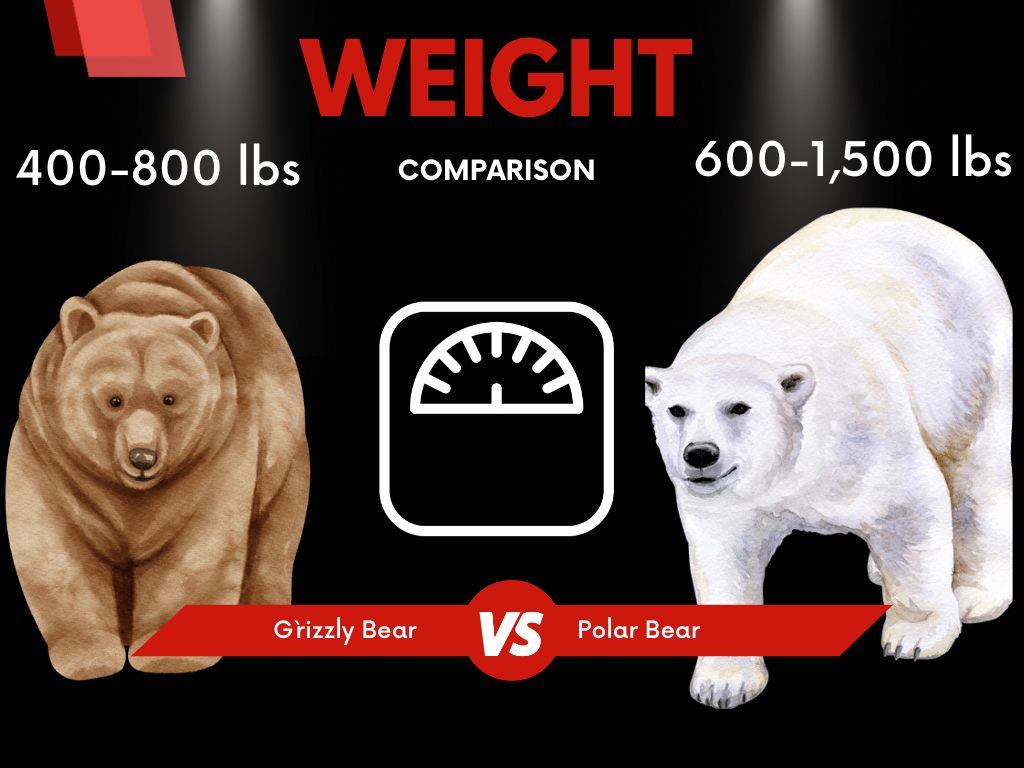
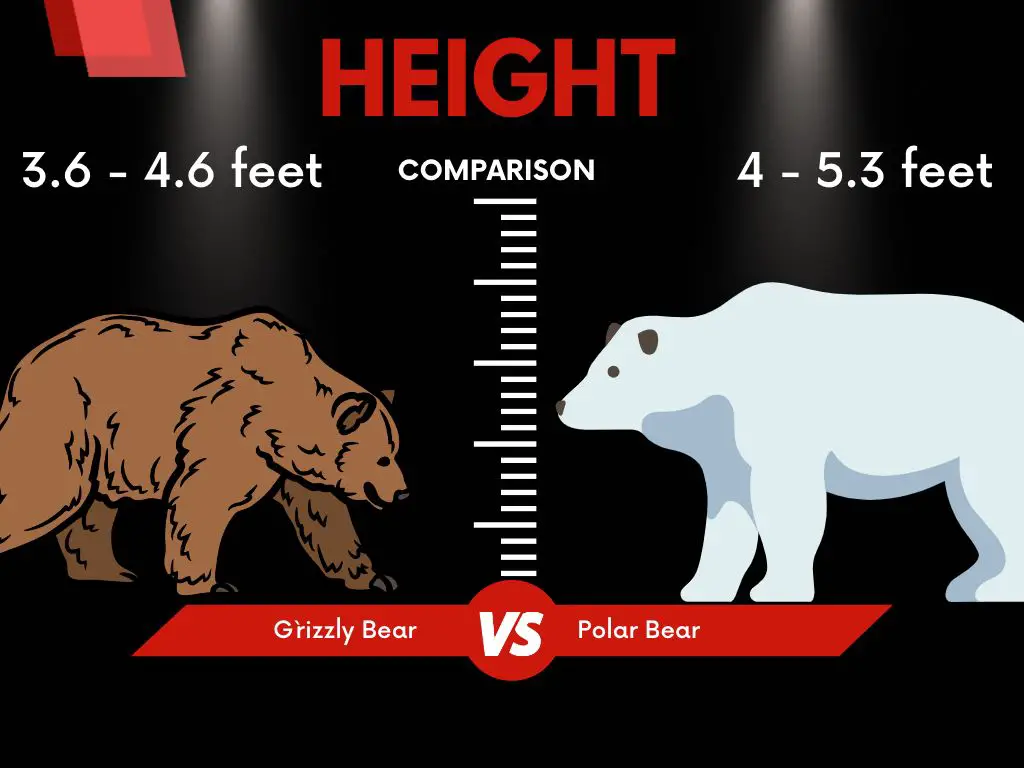
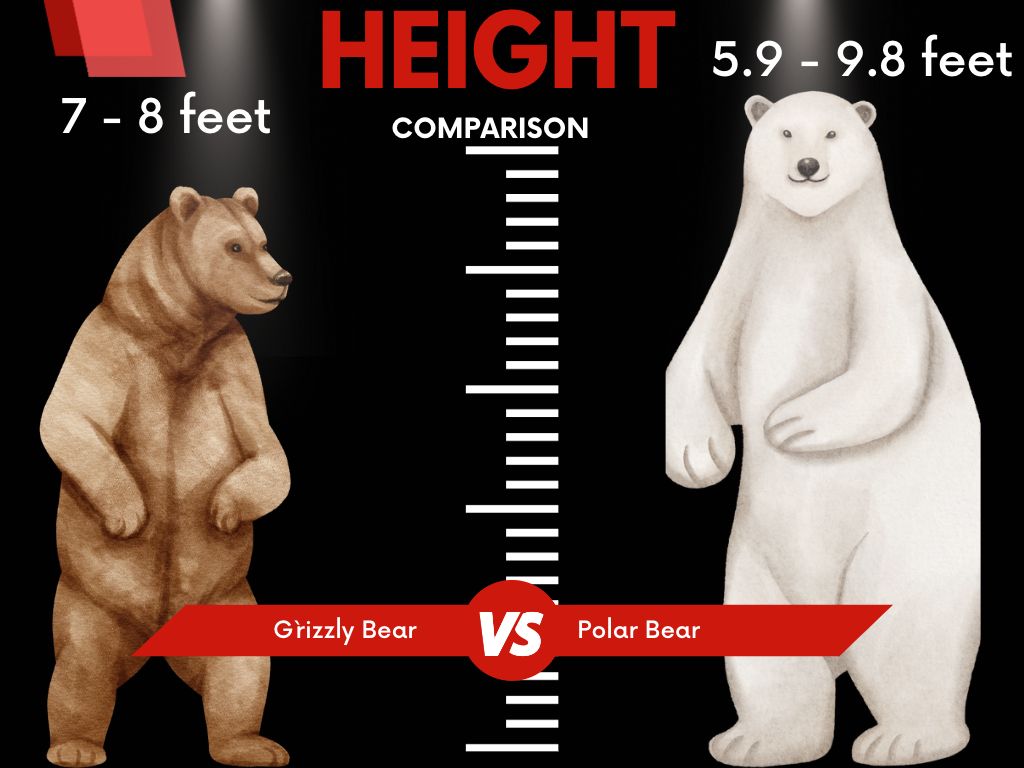
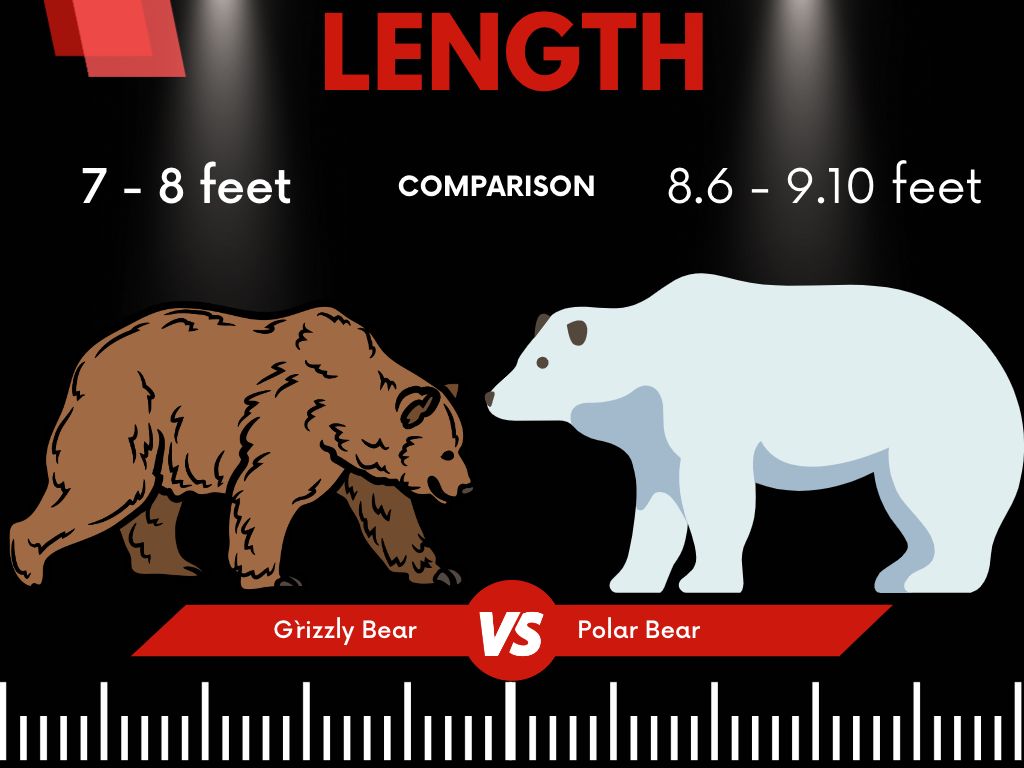




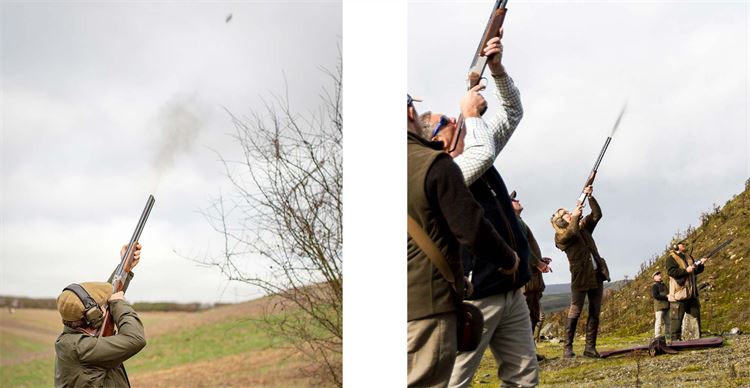










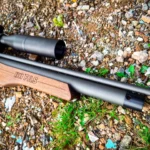

![Air gun 101: The differences between .177 & .22 – Which jobs they do best ? [Infographic]](https://airgunmaniac.b-cdn.net/wp-content/uploads/2024/11/1773-150x150.jpeg)